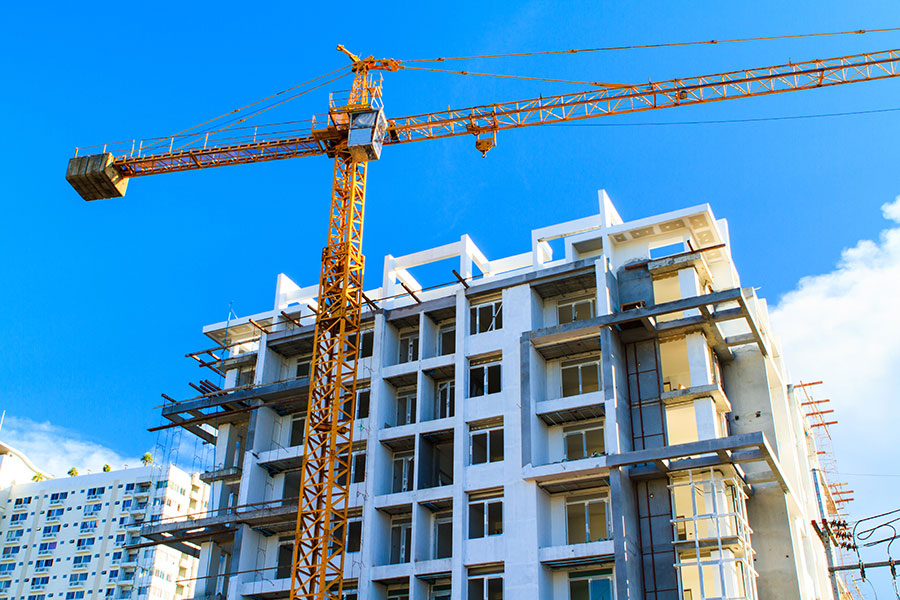A rise in insurance costs is making real estate investors think twice about where and when to buy. Global insurance prices rose nearly 11% in the fourth quarter of 2019, according to a new report by Marsh. It’s the ninth consecutive quarter of price increases. “At the beginning of last year, we’ve noticed an upward trend of pricing increases, particularly or property insurance premiums,” said Paul Foye, U.S. real estate practice leader at Marsh. This has a particularly large impact on the commercial real estate industry as property insurance makes up a large portion of their risk-management costs, he added. Property pricing in the US increased 18% in the final quarter of 2019, which is the highest level recorded since the survey began in 2012. Casualty pricing was up by just a bit, by 2%. “Much of the overall casualty pricing increase was driven by the excess liability market, where prices increased nearly 10%,” the report stated. Click to read more at www.mpamag.com.









